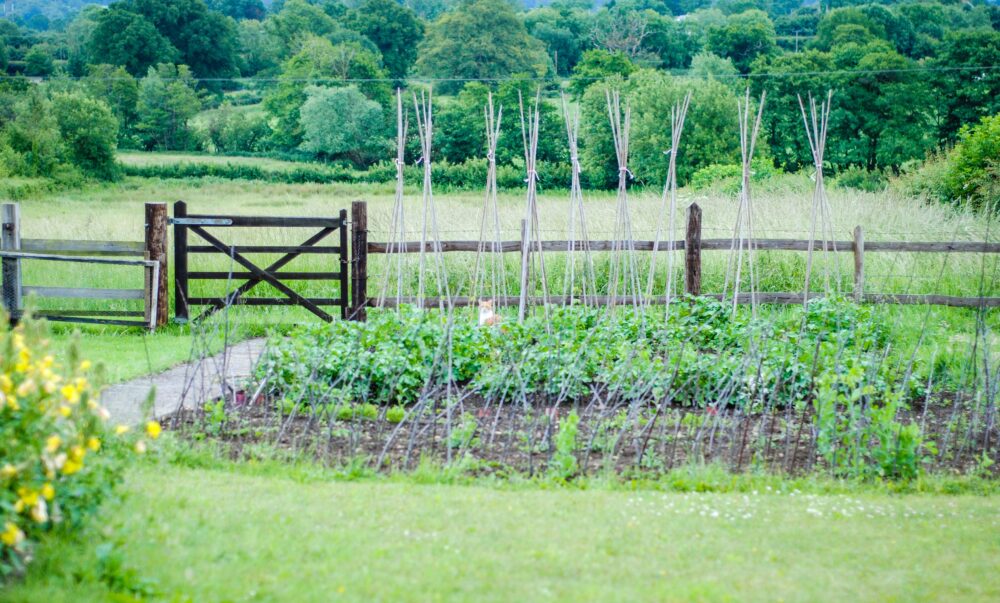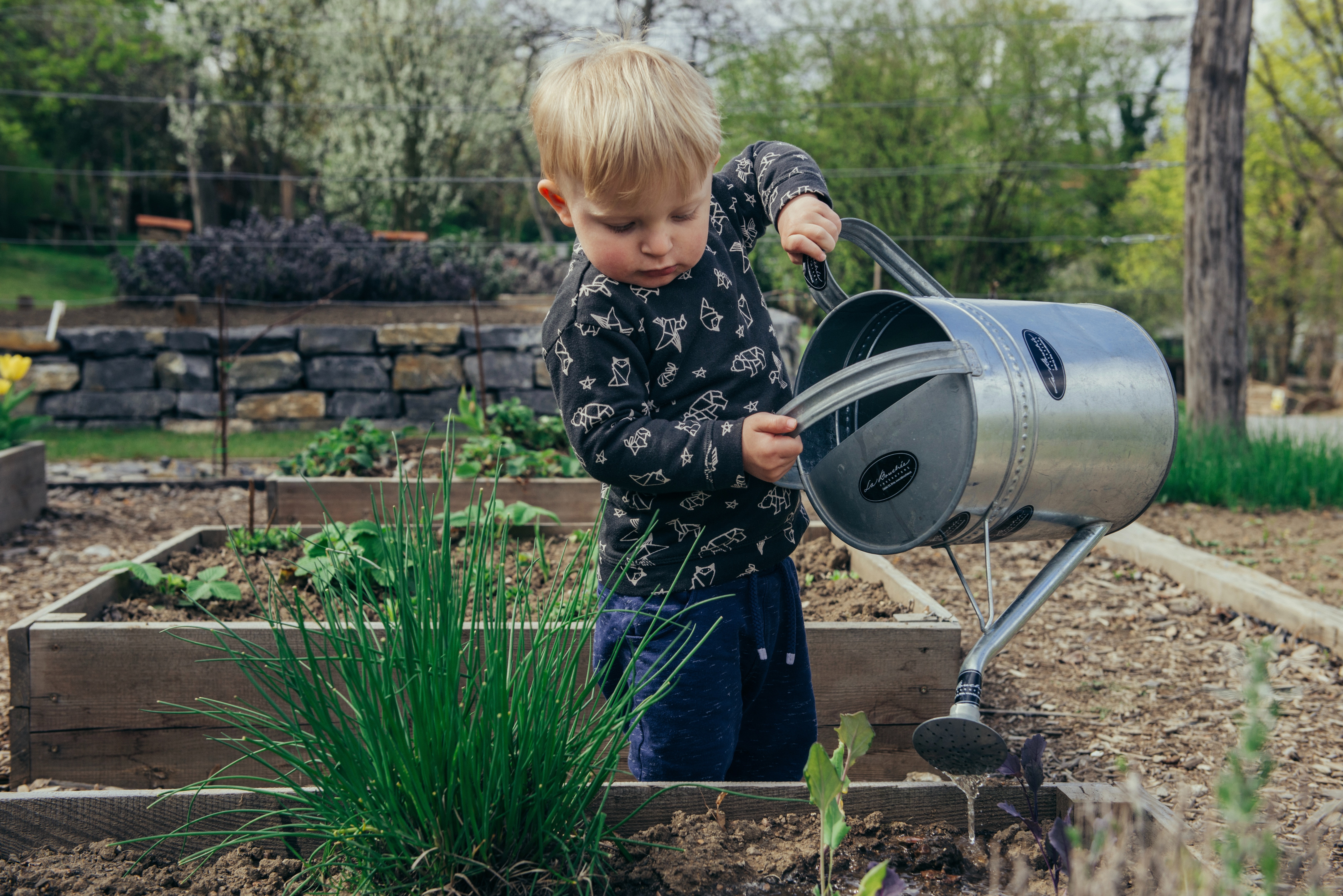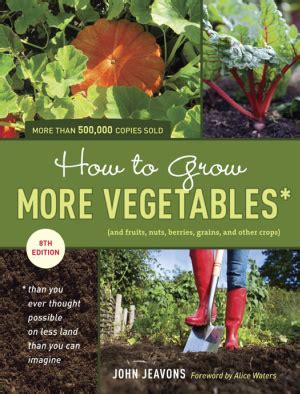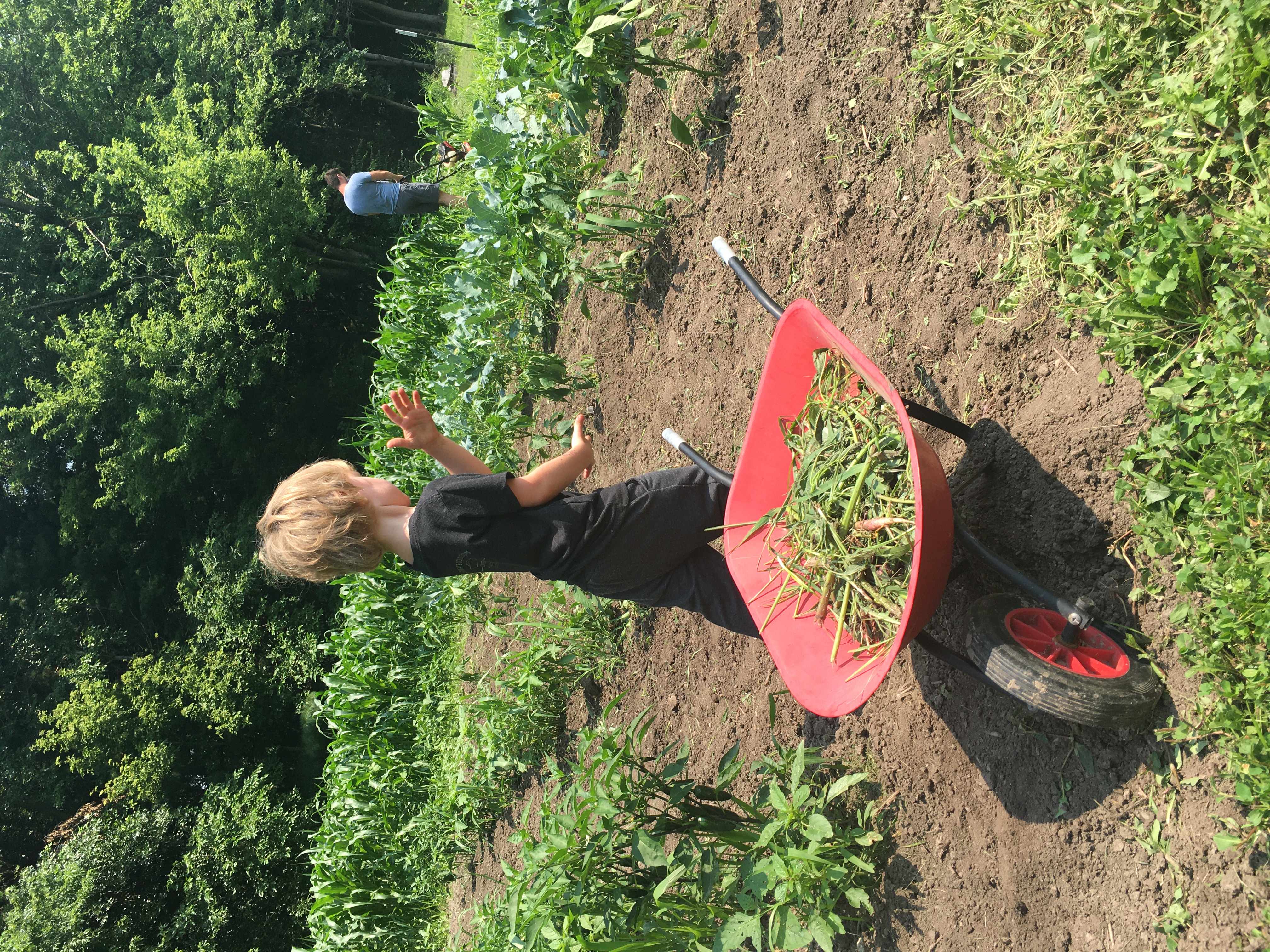Well, spring is finally here, and around our little homestead this means getting things ready for this year’s gardening season. So, in lieu of the season, I’ve put together these 5 tips for starting a garden. No bones about it, planting and maintaining a backyard garden is quite a bit of work. However, few things are more rewarding than harvesting and enjoying the fruits of your labors. Supermarket produce simply can’t compete with fresh food picked at its peak right outside your back door.
Over the years, my wife and I have had friends, family and complete strangers ask us for tips, tricks and advice on how to grow a successful garden. Although we’re not perfect, we’ve never refused to help others in this area. It feels good to see others succeed at something so rewarding. Much of the insight we have to offer has come through hard work, the School of Hard Knocks, and from gleaning wisdom off of others more experienced in growing fresh food. If our insight can save someone a few headaches, then all the better.
These days, with limited food availability and uncertainty of what the future may have in store, more people are looking to be self-subsistent than ever before. So, for those of you who are looking to start your own garden, here are a few tips to help get off on the right foot.
Tip #1: Choose the Right Size of Garden
Bigger is not always better. One of the biggest mistakes a first time or novice gardener can make is not planting the right size of garden. Often, people start off planting too big of a garden, only to see it turn into a wild jungle full of unharvested rotting fruit by mid-summer. I’ve been guilty of this in the past and have underestimated how busy my life is and how much time a huge garden would require. This can be discouraging and can lead you to not want to bother with gardening in the future. Remember, this is suppose to be a positive and rewarding experience. I always tell people who are wanting to get into gardening to start small and do it well. You’ll be amazed at the amount of food that can come off a small plot of land, a potted plant, or a single raised bed. If the small plot is a success, then add to it next season. Remember, you don’t expect a baby to run a marathon, nor should you place expectations on yourself to be successfully maintaining a half-acre garden right out of the gate.
Tip #2: Choose the Right Location

The location of a food plot is also an important consideration. Ideally, you’re going to want to have your garden on a plot of land that is well-drained, free of rocks and debris, and receiving nearly full sun with maybe some shade in the afternoon. Ideal situations in life, however, are rare. If you find that you are limited on where you can grow a garden and it’s not ideal, all is not lost. There are several different ways and methods to grow a beautiful, fruitful garden even in less than ideal situations. Also, convenience is key. Having a garden growing across town or ten miles down the road is not going to be as easy to maintain and harvest as one that is right outside your back door. My wife and I are blessed to have a couple acres of old pasture ground out in the country ten miles from our home. We could have a huge food plot out there, but we don’t because it would be simply too inconvenient for us to be running out there to take care of it. Keeping a garden as close to the kitchen as possible will make growing a garden much less work.
Tip #3: Choose the Right Type of Garden

There are myriads of different ways to grow a garden. People have been growing crops for thousands of years, and each method has its pros and cons. Here on our homestead, we’ve experimented with anything from potted plants and raised beds to traditional row gardens and Native American agriculture techniques. Nothing is off the table. We’re always looking for new ways to grow things better. Besides, it’s always fun to try something new. out of all the different types of gardens we’ve tried, I’d have to say that raised beds and potted gardens offer the most convenience with the least amount of maintenance work. This is ideal for busy, working families who are wanting to fill their fridges with fresh healthy food. Also, raised beds and potted garden plants work well for those with a small yard and those living in apartments. However, not all plants work well with these methods. Corn, vining squash and pumpkins are not ideal matches for pots and raised beds. They simply take up too much room. Bush type plants such as peppers, tomatoes, eggplants and bush beans are ideal candidates for your pots and raised beds. Root vegetables also flourish in pots and raised beds as well.
Tip #4: Decide What to Grow
What you decide to grow is up to you. My suggestion is that you start off growing what you like to eat. That sounds pretty common sense, right? However, I have had a bad habit of focusing too much on trying to grow different, and sometimes, obscure fruits and veggies just to see if everyone in the family likes it. More times than not, none of us like the new food we harvested, and it goes to waste or becomes chicken feed. Don’t get me wrong, it’s always good to try new things, but don’t let the experimenting get out of hand. So, if you don’t like spicy stuff, habanero peppers probably shouldn’t be in your garden. However, if you love the taste of a sweet, juicy ripe tomato straight off the vine, I’d suggest you plant a few tomato plants. I know my wife loves sweet red bell peppers and homemade jalapeno poppers, so we grow a lot of peppers in the backyard. Our son, Gabriel, could eat cucumbers everyday, and so we put him in charge of our little cucumber patch. During the summer months, you can catch him out there picking fresh cukes almost everyday. My eggplant parmesan (the kids call it eggplant pizza) is a family favorite, and so we make sure to plant about a dozen or so eggplants every year. My point is, don’t waste time planting things others tell you to. Grow what you’ll eat. That’s what it’s all about.
Tip #5: Never Stop Learning
One of the things that keeps gardening interesting is that there’s always something more to learn. I began working professionally in the horticulture field as a young teenager, and to this day, I’m still finding out new and better ways to grow plants. A lot of that education comes from trial and error. No two plots of ground are the same, and each will have types of plants that will thrive better than others. Also, at its core, gardening is one of humanity’s most ancient survival skills. People have been gardening for thousands of years, and there is a wealth of information out there to help you hit the ground running when it comes to growing your own food. Below are just a few excellent resources to help you get your garden growing this year.
Happy planting!
“The First Time Gardener“ “The Rooted Life“ “How to Grow More Vegetables”



*Check out some of our other latest posts:


6 thoughts on “5 Tips for Starting a Garden”